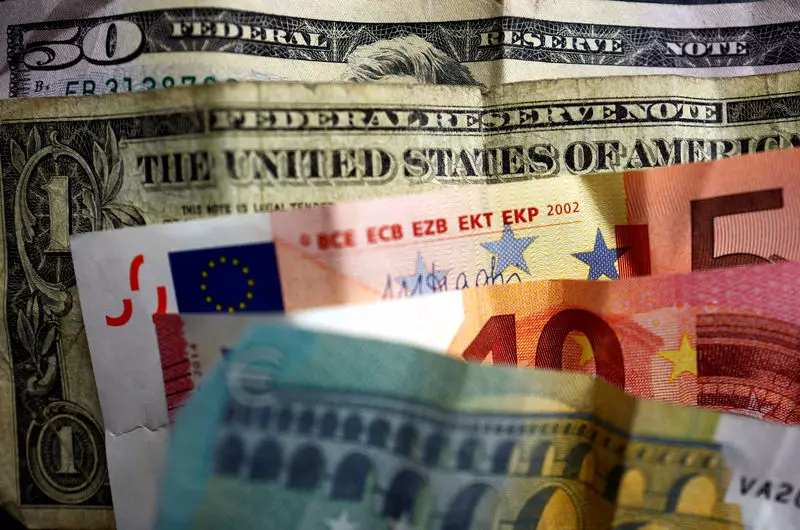The U.S. dollar experienced a notable retreat from its recent peaks, highlighting the ongoing volatility in currency markets. As of 04:20 ET (08:20 GMT), the Dollar Index—an indicator that measures the greenback against a basket of six major currencies—was relatively stable at 102.915, pulling back from a two-month high observed in the previous session. Despite this drop, the dollar remains strong, exhibiting a 2.3% rise over the last month, indicating a potential end to a three-month downswing. The dollar’s strength in recent weeks is largely attributed to robust employment and inflation data, which enhanced expectations that the U.S. Federal Reserve may slow the pace of rate cuts moving forward. This comes after a significant 50 basis point reduction in rates was enacted in September, marking the initiation of a more accommodative monetary policy cycle.
Fed Governor Christopher Waller voiced a sentiment of caution regarding future rate cuts, suggesting a more measured approach that could see gradual reductions in the coming months. The economic calendar for the U.S. appeared subdued on Tuesday, although the market is keenly awaiting further insights from Federal Reserve officials, such as Mary Daly and Raphael Bostic. Market participants are pricing in an 86.8% chance of a quarter-point cut by November, indicating that the market is prepared for further policy adjustments while remaining wary of economic indicators.
Eurozone’s Challenges with Inflation Data
Meanwhile, the euro faced downward pressure as benign regional inflation data emerged just days ahead of the European Central Bank’s (ECB) policy-setting meeting. The EUR/USD pair dipped by 0.2% to 1.0892, reflecting market sentiments ahead of the ECB’s anticipated rate cuts, scheduled to commence on Thursday. Recent statistics revealed a concerning slowdown in French consumer prices for September, where the harmonized annual consumer price index was revised down to 1.4%, the lowest level in nearly three years. Similarly, inflation in Spain fell significantly below the ECB’s target of 2.0%, and Germany recorded a 1.6% drop in wholesale prices compared to the prior year. These figures suggest that price pressures across the Eurozone remain subdued, prompting discussions about the ECB’s potential moves to adjust interest rates.
Analysts at ING noted the euro’s weakening position ahead of the ECB meeting, indicating that the recent fall below the 1.090 mark signals a pivotal moment for the currency. They highlighted a strategic shift in EUR/USD positioning as net-long positions have decreased from 13.5% to 5.9% of open interest since early September. The growing disparity in rate differentials between the euro and the dollar has intensified this shift, pointing to a lack of bullish sentiment surrounding the euro at this juncture.
The UK’s Economic Landscape
In the United Kingdom, the GBP/USD pair showed slight gains, rising 0.1% to 1.3070 following the unexpected drop in the unemployment rate to 4% in August—down from 4.1%. This development suggests some underlying strength in the UK labor market. However, the declines in average earnings data raise the possibility of future rate cuts by the Bank of England, particularly if Wednesday’s consumer inflation data does not present a surprising uptick.
The yuan also faced challenges, with USD/CNY increasing by 0.4% to 7.1156 amid growing concerns regarding China’s fiscal stimulus plans. The Chinese Ministry of Finance’s failure to disclose comprehensive details about these proposals has added to uncertainties facing the yuan. Compounded by a series of disappointing economic readings from China, sentiment surrounding the Chinese currency remains fragile as traders seek clarity on the government’s future economic strategies.
As we observe the intricate dynamics at play in global currency markets, it is clear that both the U.S. dollar and the euro are at critical junctures. With the Fed and ECB poised to make significant decisions regarding monetary policy, market participants are navigating a landscape characterized by shifting expectations and economic indicators. The intertwined relationship between inflation rates and currency performance will remain a focal point in the coming weeks, shaping investment strategies and market trends across the globe.

